Toxic Wood Treatments: Pressure-Treated Wood
No matter what your wood project, you want it to last. But there are dangers associated with toxic wood treatments. We take a closer look here at pressure-treated wood.

Wood is a beautiful, versatile, renewable resource. With right forestry, it is also a sustainable, earth-friendly building material, not to mention the earthy vibe it provides to built structures and interior design.
But there is a drawback and that is that wood deteriorates over time. Wood is susceptible to natural processes that lead to rot, fungus, and decay, and it’s also prone to insects.
And so the need for preservatives. The development of wood treatments came out of a desire to protect wood from pests and natural decay. But to combat the natural decay and degradation process, the industry came up with the use of inorganic pesticides and poisonous chemical mixtures to do the job. Some treatments, like Creosote, have been banned, because of their toxicity and carcinogenic profile. However, other harmful, toxic treatments remain, and are still in frequent use.
Pressure treated wood has been widely used over the years. Using pressure to somehow protect wood sounds pretty benign, but actually, it’s not pressure that renders the wood protected from insects, fungus, rot, and decay. The pressurized environment is the method by which the inorganic pesticide and chemical preservative called Chromated Copper Arsenate (CCA) gets delivered into the wood.
CCA is a chemical mixture that has been at the centre of controversy for decades. Over the course of many years, consumers have seen contradictory information, leaving us feeling unclear about the best choices for preserving and protecting wood.
But over time, it became clear to regulating bodies in many parts of the world, including North America, that CCA pressure-treated wood wasn't entirely safe to use, and it became generally banned or discouraged for residential use. Alternative chemical fungicides and insecticides for use with pressure treatment of wood have been developed, but these, according to many, still pose too great a risk for our health and for the health of our planet.
Based on what I’ve learned, it’s best to be cautious when handling pressure-treated wood:
- Chemicals can and do leach, often by simply touching the wood. If handling pressure-treated wood, wash hands before touching food.
- Some detergents used to clean structures made of pressure-treated wood can cause chemicals to be released into the environment and, consequently, into the nearby soil and groundwater.
- Never use pressure-treated wood to build a raised garden bed as chemicals leach into the soil and can end up in food.
- When building with pressure-treated wood, protect yourself from dust and particles, which contain these chemicals. They can be easily airborne, breathed in, or land in your food or a cup of coffee.
- Be aware that chemicals can leach out as the wood gets older and begins to crack.
- Never burn pressure-treated wood as this releases the chemicals at instantly toxic levels.
One of the most serious issues that I have come across is the idea that all pressure-treated wood will at some point come to the end of its life and need to be disposed of, and in that disposal/decaying process, the chemicals used to preserve the wood will end up being released back into the environment. So, whenever possible, it’s best to use an earth-friendly, non-toxic alternative.
Here at Tall Earth, we’re grateful for the opportunity to provide consumers with effective, eco-safe alternatives. And we love the conscious, creative people that we get to call our customers. We consider you part of our Tall Earth family. We’re all taking steps toward safer and better solutions for our health and for the health of the planet. For more info: Check out this short video on pressure-treated wood: Learn more at the website of the US Environmental Protection Agency and at the website of the Canadian Wood Council.

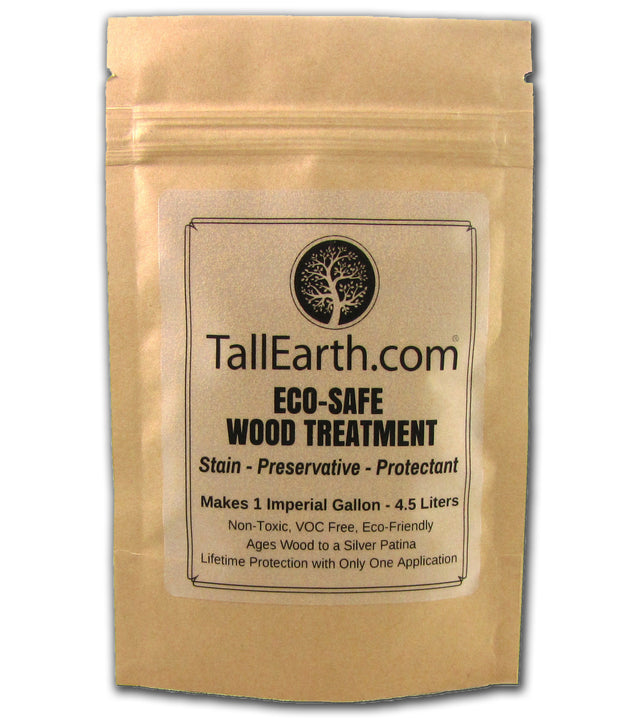
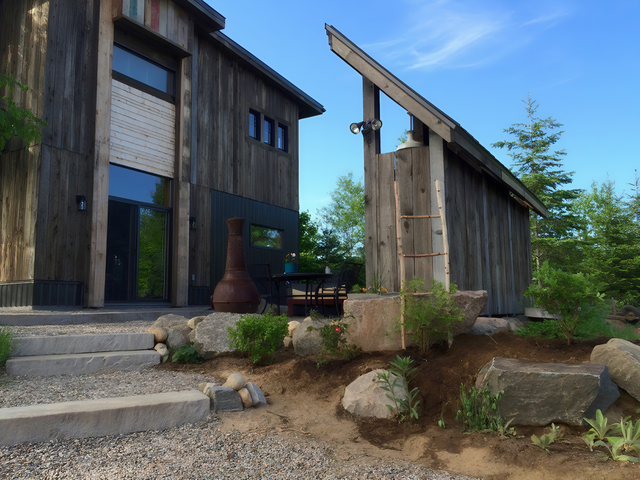
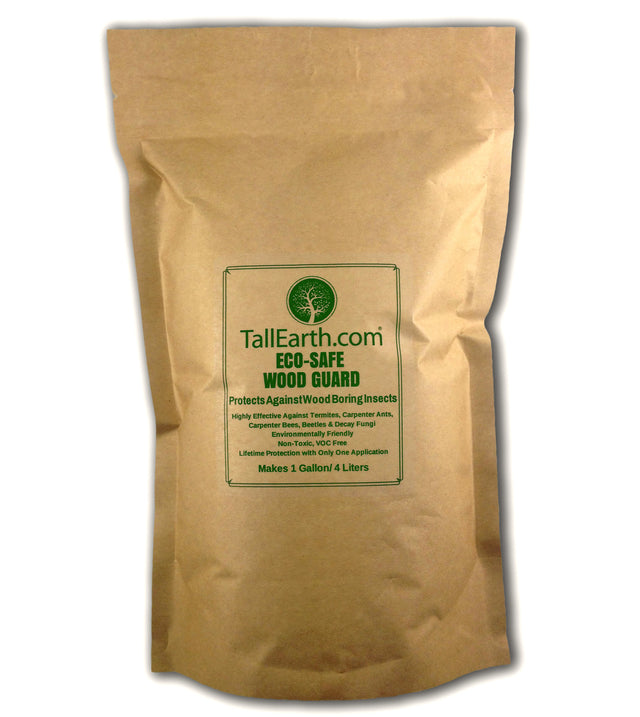
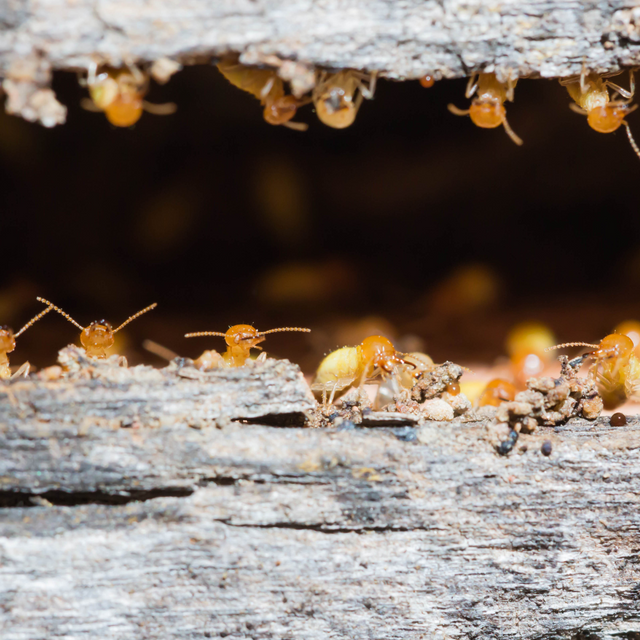
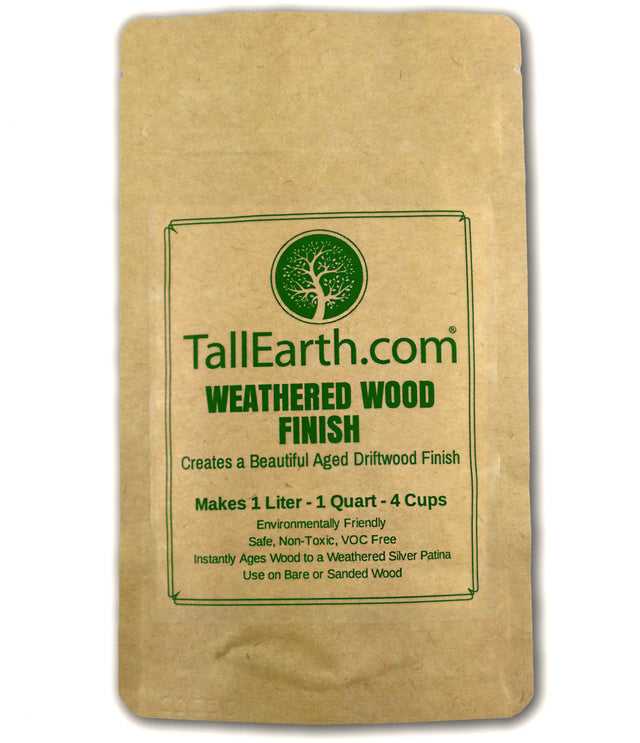
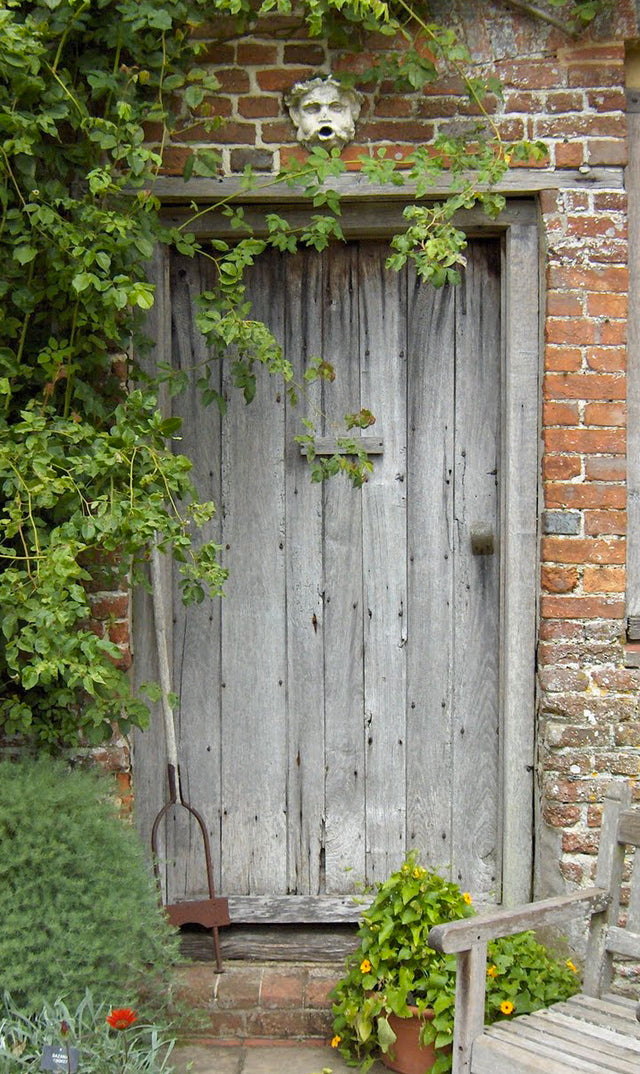



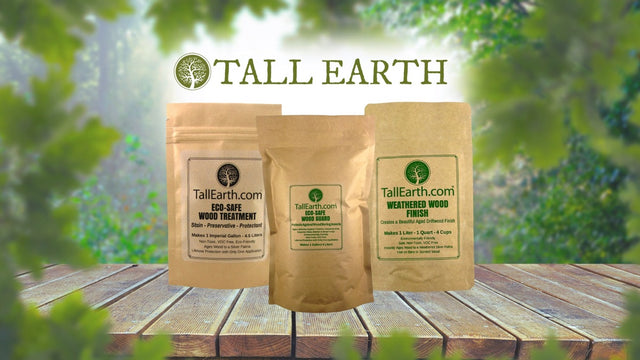
0 Comments
There are no comments for this article. Be the first one to leave a message!